 History of Saffron Cultivation in Iran
History of Saffron Cultivation in Iran
Saffron cultivation in Iran has deep roots in the eastern and northeastern regions, particularly Khorasan. This area is strongly associated with saffron. However, upon further investigation, we discover that saffron cultivation actually began in the western part of the country, specifically in Hamadan province.
The Origin of Saffron Cultivation in Iran
Saffron cultivation in Iran
Historical records, including sources like Wikipedia, show that Rudavar, a village near Toyserkan in Hamadan province, is the birthplace of saffron farming in Iran. This area was the first to cultivate saffron on a large scale, marking the beginning of saffron farming in the country.
During the Sassanid period, Rudavar, located at the foot of Mount Alvand, became a fertile area for saffron. Ibn Faqih described its abundant orchards and the widespread reputation of its saffron exports throughout the Persian Empire.
Rudavar and Its Role in Saffron History
The region, also called Roozdar or Roosdavar in historical texts, played a crucial role in introducing saffron cultivation to Iran. The book “Nuzhat al-Qulub” by Hamdallah Mustawfi mentions that saffron thrived there due to its rich soil and ideal climate.
The Rich Heritage of Saffron Farming in Iran
Though Khorasan is now closely associated with saffron, the initial farming began in a much smaller region. This illustrates Iran’s long history with saffron. The name “saffron” remains linked to the country’s rich agricultural heritage, especially in areas like Rudavar, where large-scale saffron farming began.
Saffron’s Dominance in Modern Iranian Agriculture
Iran continues to lead the world in saffron production. Its fertile soil and favorable climate ensure that it remains the top producer. No other country can surpass Iran’s production or export levels. Iranian saffron is renowned for its exceptional quality and flavor, making it highly sought after in global markets.
The Future of Saffron Cultivation in Iran
As global demand for saffron grows, Iran’s position as the leading producer remains unchallenged. Ongoing advancements in farming techniques will help maintain high production levels, boosting saffron’s contribution to Iran’s economy.
Why Iran is the Heart of Saffron Production
Saffron cultivation in Iran
Saffron in Iran is prized not only for its culinary value but also for its cultural and medicinal significance. Iran’s deep connection to saffron ensures that it will remain the dominant force in the global saffron market.
In conclusion, Iran’s rich history and unmatched saffron quality will continue to place the country at the forefront of the global saffron industry.
Focus on Iranian Saffron Production
Iran’s advanced saffron farming infrastructure has established it as a global model for saffron production.
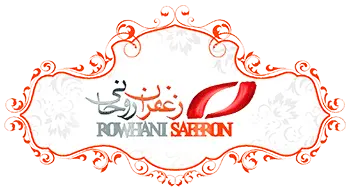

![Exporting Saffron to Turkey + Price Guide [Complete 0 to 100]](https://www.rowhanisaffron.com/wp-content/uploads/f1-372-500x383.jpg)
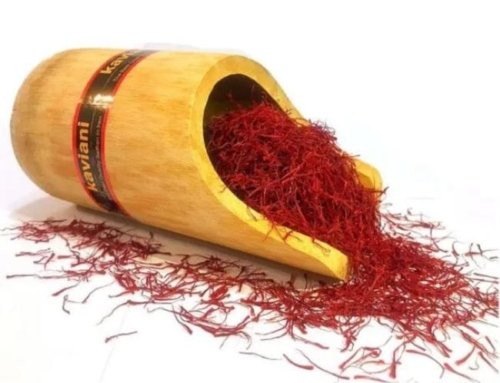
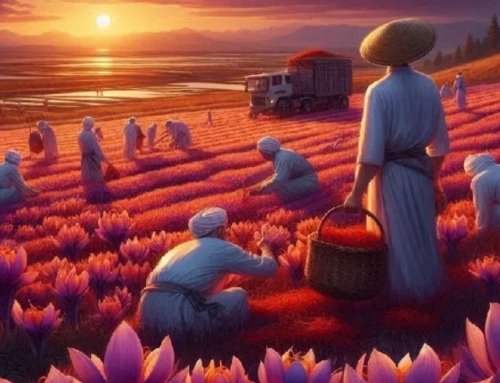
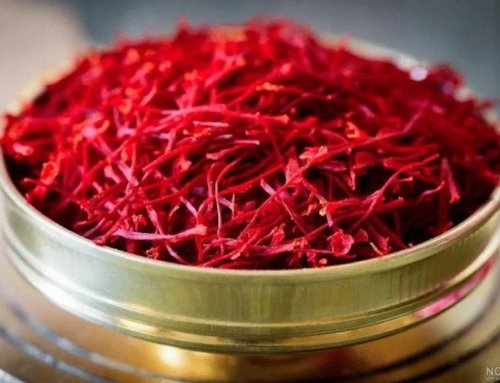
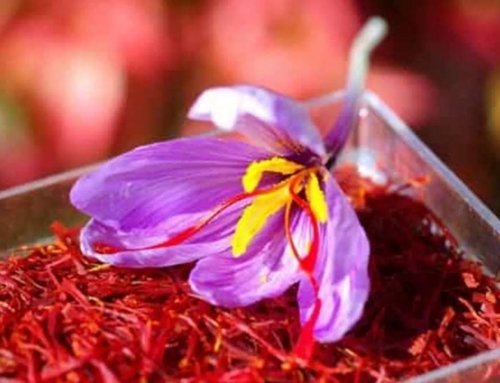
Get Social